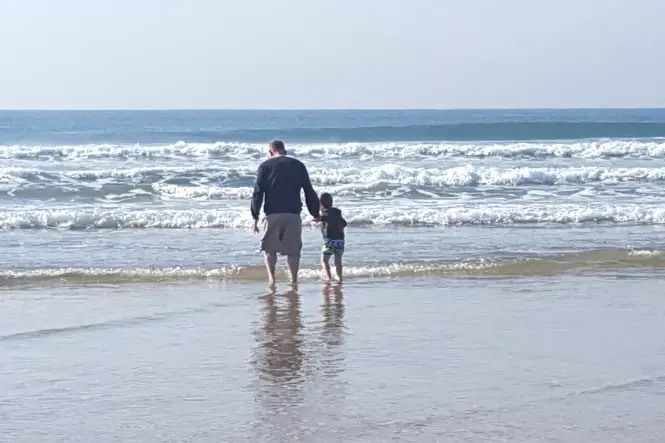There are a number of search engines which offer child-friendly content only. They achieve this by filtering out inappropriate content which you, as a parent, would find offensive for your child. In general, this is achieved by using human beings to filter out the unsuitable sites.
The filtered sites include those which address explicit sexual matters, pornography, violence, drug use, and gambling etc.
Table of Contents
Child-Friendly Search Engines
Below is a summary of some of the most popular child friendly search engines:
Ask Jeeves For Kids
www.askkids.com – combines human editorial judgment, age-appropriate feature content and filtering technology to enable kids to find both relevant and befitting information on the web.
It is designed to be a kid-friendly way for children to search online with a focus on learning and educational entertainment. Ask for Kids uses natural-language technology that allows kids to ask questions and perform web searches, such as “When did Hawaii become a state?” or “What’s it like to live in space?” or even “Convert 122 inches into feet” in the same way they would ask a parent, friend or teacher.
Yahoo Kids!
www.kids.yahoo.com – the Yahoo for kids is designed for ages 7 to 12. All of the sites are hand-picked to be appropriate for children. Also, unlike normal Yahoo, searches will not bring back matches found by crawling the web, if there is no match from within the Yahooligan listings. This prevents possibly objectionable sites from slipping onto the screen.
Additionally, adult-oriented banner advertising will not appear within the service. Yahooligans is the oldest major directory for children, launched in March 1996.
Looksmart Kids Directory
netnanny.com – the Kids directory is a list of over 22,000 child-friendly websites that were hand-picked by people at Netnanny and vetted for both quality and offensive content.
Filtering Options
Most major search engines including Google, Yahoo (in the main) and MSN obtain their listings by crawling the web and then using advance techniques to determine search results. The fact there is no human review and categorisation, as with the child-friendly sites listed above, means it’s easy for undesirable material to appear in search results.
As a solution, most major search engines offer the ability to filter the results to keep out pornography and other material that you would not want your children to encounter. Below are some tips on enabling child safe filtering in major search engines:
- Google: Go to the Google Home Page, select Preferences (on the right of the search box) and in the SafeSearch Filtering section select the option for ‘Use strict filtering (Filter both explicit text and explicit images)’.
- MSN Search: Use the Safe Search Filter on the Settings page.
- Yahoo: Set the SafeSearch Filter option via the Search Preferences page.
- AltaVista: Use the Family Filter Setup page.
- AOL Search: Doesn’t appear to offer a filter, but enabling Parental Controls might have an impact on web search matches.
- Ask Jeeves: Use options for Content Filtering on the Your Settings page or try Ask For Kids.
- Lycos: Use the Adult Filter section of the Advanced Search Filters page.
Filtering and Blocking Software
One alternative option is filtering software which works across the entire web, not just for search results. Most filtering software provides a decent level control for parents to determine what it and is not allowed for the kids to see. CyberPatrol and NetNanny are two of the most widely used programs for this type of control.
This subject is covered further in our article Tracking Your Children Online.






